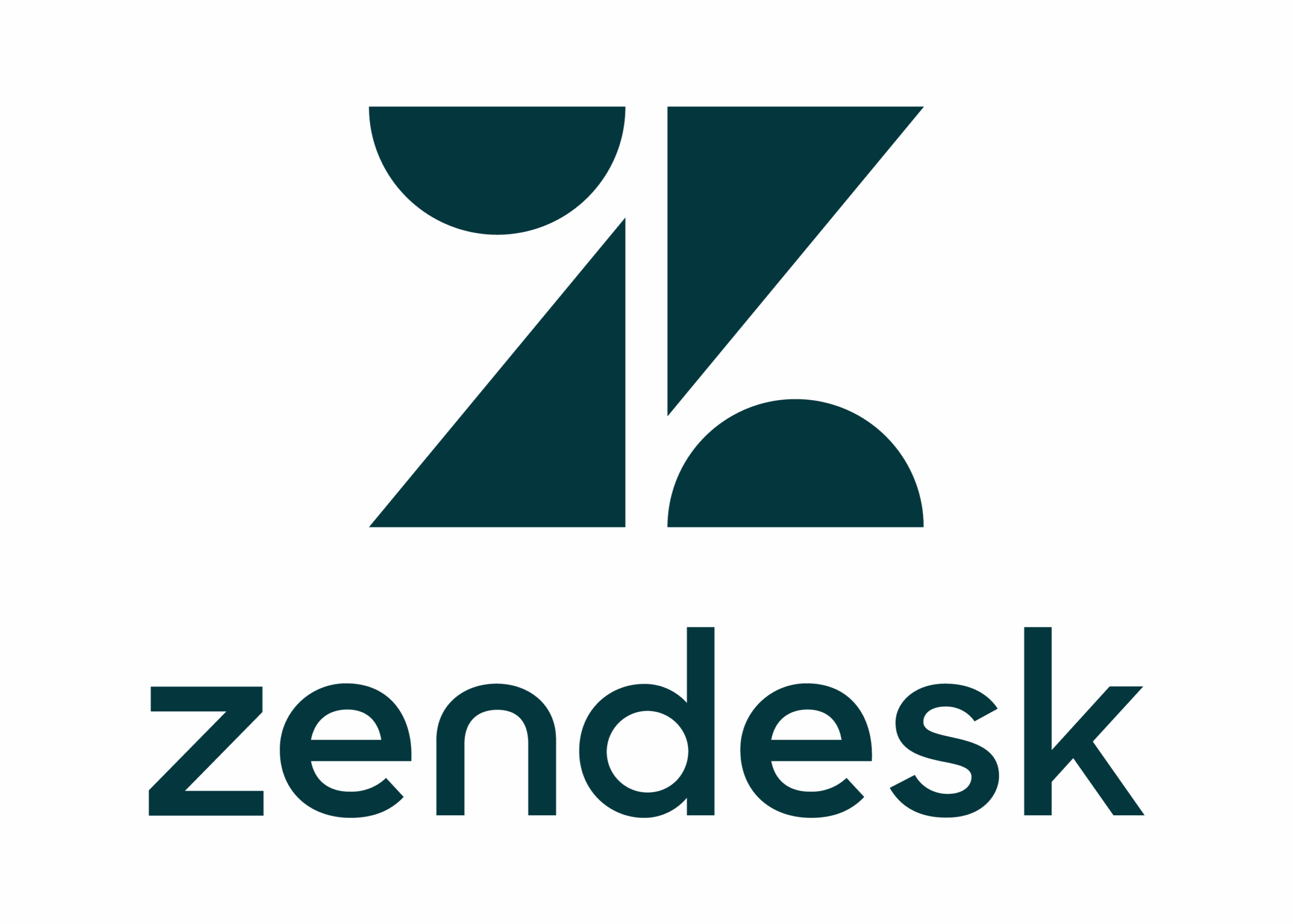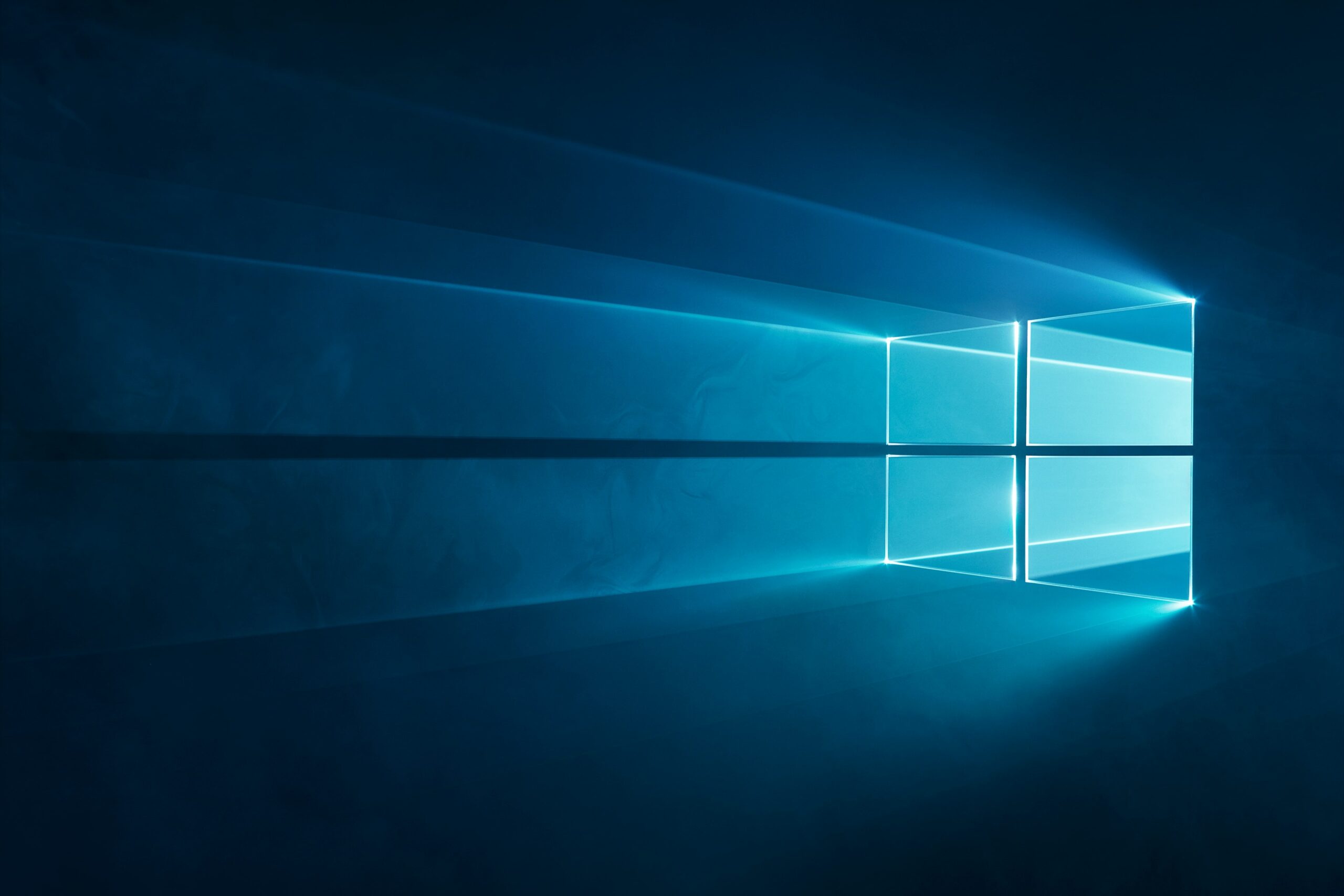How Can Organizations Implement Robust Remote Access Security?
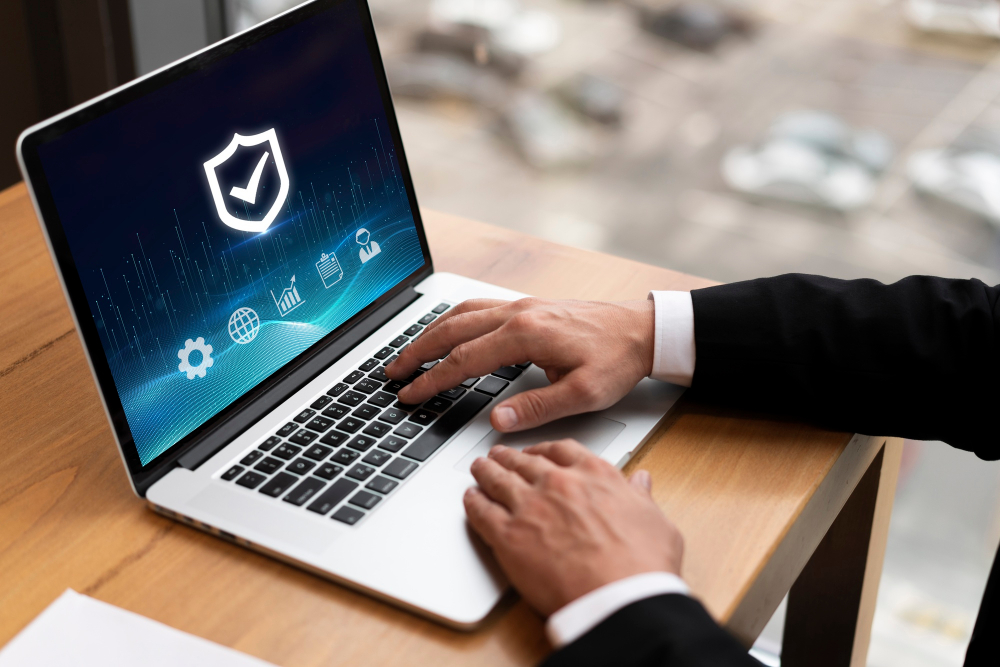
In today’s interconnected digital landscape where remote work has transitioned from temporary necessity to permanent reality, securing remote access to corporate networks, systems, and data has become one of the most critical cybersecurity challenges organizations face. Remote access, while enabling unprecedented flexibility, productivity, and business continuity, simultaneously expands attack surfaces and introduces vulnerabilities that malicious actors actively exploit. The dramatic increase in cyberattacks targeting remote access infrastructure – including ransomware, credential theft, and data breaches – underscores the urgent need for comprehensive security frameworks that protect organizations without sacrificing the accessibility and convenience that make remote access valuable. This guide explores the multifaceted dimensions of remote access security, examining threats, best practices, technologies, and implementation strategies that enable organizations to maintain robust security postures in distributed work environments.
Table of Contents
- Quick Summary
- What Is Remote Access Security and Why Is It Critical?
- What Are the Primary Threats to Remote Access?
- How Does Multi-Factor Authentication Protect Remote Access?
- How Do ITSM Platforms Support Secure Remote Access?
- Summing up
- Frequently Asked Questions
- Why Partner with Solution for Guru for Remote Access Security Excellence?
Quick Summary
Remote access security encompasses the policies, technologies, and practices that protect organizational resources when accessed from outside traditional network perimeters. This comprehensive guide covers:
- Core concepts: Understanding remote access security fundamentals and critical importance
- Threat landscape: Common attacks targeting remote access infrastructure
- Security frameworks: Zero trust, defense-in-depth, and principle of least privilege
- Authentication: Multi-factor authentication and identity verification best practices
- Encryption: Protecting data in transit and at rest through cryptographic controls
- Endpoint protection: Securing devices accessing corporate resources remotely
- ITSM integration: How ManageEngine, Zoho, and Zendesk support secure remote access
- Monitoring: Detection, logging, and incident response for remote access security events
- User training: Building security awareness and reducing human risk factors
- Implementation: Practical strategies for deploying comprehensive remote access security
Whether you’re establishing remote access security from scratch or strengthening existing controls, this guide provides actionable frameworks for protecting your organization against evolving threats.
What Is Remote Access Security and Why Is It Critical?
Remote access security refers to the comprehensive set of policies, technologies, controls, and practices designed to protect organizational networks, systems, applications, and data when accessed by users or systems connecting from locations outside traditional physical and network security perimeters. Unlike traditional security models that could rely heavily on network-based defenses protecting well-defined perimeters, remote access security must assume that connections originate from potentially hostile networks, uncontrolled devices, and unpredictable locations requiring authentication, authorization, and ongoing validation at every access point.
Understanding the Remote Access Security Challenge
The fundamental challenge of remote access security stems from several converging factors that distinguish remote access from traditional office-based computing:
Expanded Attack Surface:
Every remote access point represents potential attack vector. Traditional security focused on defending network perimeters—firewalls at internet connections, physical security at facilities, and trusted internal networks. Remote access eliminates these clear boundaries, requiring security controls to extend to countless endpoints across public networks, home offices, coffee shops, and mobile connections. Consequently, the attack surface expands exponentially from a few well-defended network entry points to thousands of potential vulnerabilities distributed globally.
Device Diversity and Control:
Organizations once maintained nearly complete control over computing devices through corporate-owned, standardized hardware configured according to security policies and physically secured in offices. Remote work introduces bring-your-own-device (BYOD) scenarios, personal computers lacking standardized security controls, mobile devices with varying security capabilities, and shared home computers used by family members. This device diversity complicates security enforcement while shared or personal devices introduce risks from malware, unauthorized users, and inadequate security configurations.
Network Trust Erosion:
Office networks were generally trustworthy—protected by firewalls, isolated from untrusted internet, and monitored by security teams. Remote workers connect through home networks of varying security quality, public WiFi networks that may be actively malicious, and mobile networks with different security characteristics. Organizations cannot trust these networks, requiring security controls that assume hostile network environments and protect data even when network infrastructure is compromised.
Identity Verification Complexity:
Verifying user identity proves more challenging when users access systems remotely rather than from known office locations using corporate devices. Attackers who compromise credentials can impersonate legitimate users from anywhere globally, making geographic and device-based verification less reliable. Moreover, remote access makes observing suspicious behavior more difficult—IT staff can’t physically see someone behaving suspiciously at computers when everyone works remotely.
Credential Theft Risks:
Phishing attacks targeting remote workers have increased dramatically as attackers exploit remote work confusion, impersonate colleagues and management, and leverage urgency to trick users into divulging credentials or installing malware. Home environments lack the social reinforcement of office settings where users might consult colleagues before clicking suspicious links, making remote workers more vulnerable to social engineering attacks.
Why Remote Access Security Demands Priority Attention
The critical importance of remote access security manifests through multiple dimensions affecting organizational survival and success:
Ransomware Pandemic:
Ransomware attackers specifically target remote access infrastructure including vulnerable VPN servers, Remote Desktop Protocol (RDP) endpoints, and weak remote access credentials. Successful ransomware attacks encrypt organizational data, disrupt operations for days or weeks, demand substantial ransom payments, and cause reputational damage even when data is recovered. The overwhelming majority of successful ransomware attacks originate through compromised remote access, making remote access security essential for ransomware defense.
Data Breach Prevention:
Remote access credentials provide attackers with keys to organizational data. Compromised remote access enables data exfiltration, intellectual property theft, customer data breaches triggering regulatory penalties, and competitive intelligence loss. Organizations face substantial financial, legal, and reputational consequences from data breaches that frequently trace back to inadequate remote access security.
Regulatory Compliance:
Industries including healthcare, finance, government, and others face regulatory requirements mandating specific remote access security controls. HIPAA requires protection of electronic protected health information (ePHI), PCI DSS mandates security for payment card data access, GDPR imposes data protection requirements, and various sector-specific regulations require documented security controls. Inadequate remote access security creates compliance violations resulting in audits, fines, and remediation mandates.
Business Continuity:
Organizations depend on remote access for operations—employees working remotely, IT administrators managing infrastructure, vendors providing services, and customers accessing applications. Security incidents disrupting remote access directly impact business operations, potentially preventing employees from working, customers from transacting, and critical systems from being managed. Consequently, remote access security proves essential not just for preventing attacks but for maintaining operational continuity.
Competitive Advantage:
Organizations with robust remote access security can embrace distributed workforces confidently, accessing global talent pools, reducing facilities costs, and responding to disruptions flexibly. Conversely, organizations with weak security may restrict remote access out of justified fear, limiting talent access, increasing costs, and reducing operational flexibility compared to competitors who’ve mastered secure remote access.
What Are the Primary Threats to Remote Access?

Understanding specific threats targeting remote access infrastructure enables organizations to implement appropriate defenses addressing actual risks rather than theoretical vulnerabilities.
Credential-Based Attacks
Phishing and Social Engineering: Attackers use deceptive emails, text messages, or phone calls impersonating legitimate entities to trick users into divulging usernames, passwords, or multi-factor authentication codes. Phishing has evolved from obvious scams to sophisticated attacks that perfectly replicate legitimate communications, target specific individuals (spear phishing), and exploit current events or organizational changes. Once attackers obtain credentials, they access systems as though legitimate users, bypassing many security controls that can’t distinguish compromised credentials from legitimate use.
Credential Stuffing: Attackers use credentials stolen from other breaches (available on dark web markets) to attempt automated logins across numerous services. Users who reuse passwords across personal and work accounts create vulnerabilities enabling attackers to compromise business accounts using credentials from breached personal services. Credential stuffing attacks attempt millions of login combinations automatically, succeeding whenever users reuse compromised credentials.
Brute Force Attacks: Automated tools attempt to guess passwords through systematic trials of common passwords, dictionary words, and patterns. While individual accounts may lock after failed attempts, distributed attacks across many accounts or slow attacks staying below lockout thresholds can eventually succeed, particularly against accounts with weak passwords. Remote Desktop Protocol endpoints and VPN servers face constant brute force attacks from botnets systematically testing credentials.
Password Spraying: Rather than testing many passwords against individual accounts (triggering lockouts), password spraying tests common passwords across many accounts. Attackers attempt obvious passwords like “Password123,” “Summer2024,” or “CompanyName2024” against entire user directories, succeeding when even small percentages of users employ weak passwords. This approach bypasses account lockout defenses while identifying vulnerable accounts.
Vulnerability Exploitation
Unpatched Remote Access Software: Remote access platforms including VPNs, remote desktop gateways, and collaboration tools occasionally have vulnerabilities enabling unauthorized access or code execution. Attackers actively scan the internet for unpatched systems, exploiting known vulnerabilities often within hours or days of public disclosure. Organizations failing to patch promptly provide attackers with straightforward exploitation paths bypassing authentication entirely.
Misconfigured Services: Improperly configured remote access services create security gaps including default credentials that weren’t changed, overly permissive access controls granting excessive privileges, disabled security features for convenience, and exposed management interfaces. Misconfigurations often stem from rushed deployments, insufficient expertise, or prioritizing functionality over security.
Legacy Protocol Weaknesses: Older remote access protocols including RDP without Network Level Authentication, VNC without strong encryption, and Telnet transmitting credentials in plaintext contain inherent security weaknesses. Organizations continuing to use these protocols or older protocol versions maintain exploitable vulnerabilities even when other security controls are strong.
Malware and Ransomware
Endpoint Compromise: Remote devices infected with malware provide attackers with footholds into organizational networks. Malware on remote computers can steal credentials saved in browsers, log keystrokes capturing passwords, access VPN connections automatically, and pivot from compromised endpoints to internal systems. Home computers used for both personal and work purposes face higher malware exposure from family member activities, personal software downloads, and potentially inadequate security software.
Ransomware Deployment: Attackers frequently use compromised remote access to deploy ransomware across organizational networks. After gaining initial access through stolen credentials or vulnerability exploitation, attackers conduct reconnaissance, disable security tools, delete backups, and deploy ransomware to maximum effect. Remote access provides attackers with ideal vectors for ransomware deployment by mimicking legitimate administrative access.
Supply Chain Attacks: Compromises of remote access tools themselves introduce vulnerabilities affecting all users. High-profile supply chain attacks have compromised remote management tools, software update mechanisms, and third-party services, enabling attackers to infiltrate numerous organizations simultaneously through trusted channels.
Insider Threats
Malicious Insiders: Employees, contractors, or partners with legitimate remote access may abuse privileges to steal data, sabotage systems, or facilitate external attacks. Remote work reduces social oversight and makes detecting suspicious behavior more difficult—IT staff can’t observe someone accessing unusual systems or downloading excessive data when everyone works remotely.
Negligent Insiders: Well-intentioned users create security incidents through careless practices including using weak passwords, sharing credentials with family members or colleagues, accessing corporate resources from compromised personal devices, clicking phishing links despite training, and circumventing security controls deemed inconvenient. Negligent insiders represent substantial risks particularly when working remotely with reduced supervision and social reinforcement of security practices.
Network-Based Attacks
Man-in-the-Middle Attacks: Attackers positioned between users and remote access servers can intercept communications, steal credentials, and capture sensitive data if connections lack proper encryption. Public WiFi networks and compromised home routers provide opportunities for man-in-the-middle attacks exploiting unencrypted or weakly encrypted connections.
DNS Hijacking: Attackers redirecting DNS queries can direct users to malicious servers impersonating legitimate remote access portals. Users entering credentials into these fake portals unknowingly provide attackers with access credentials that appear to fail (forcing users to retry) while attackers use captured credentials to access real systems simultaneously.
How Does Multi-Factor Authentication Protect Remote Access?

Multi-factor authentication (MFA) represents one of the most effective single controls for protecting remote access, dramatically reducing credential-based attack success rates.
Understanding Authentication Factors
Something You Know: Passwords, PINs, or security questions represent knowledge factors—information only legitimate users should know. While foundational, knowledge factors alone prove insufficient as they’re vulnerable to phishing, observation, and theft from data breaches. Moreover, users often choose weak, guessable passwords or reuse them across services.
Something You Have: Physical or digital tokens, smartphones, smart cards, or USB security keys represent possession factors—objects only legitimate users should possess. Possession factors prove more difficult for remote attackers to compromise as they require physical theft or sophisticated technical attacks beyond simple credential phishing. However, possession factors can be lost, requiring account recovery processes and temporary alternatives.
Something You Are: Biometric characteristics including fingerprints, facial recognition, voice patterns, or behavioral patterns (typing rhythm, mouse movements) represent inherence factors—attributes unique to individuals that can’t easily be stolen or replicated. Biometrics provide convenient authentication without memorization or carrying physical tokens, though they raise privacy concerns and can’t be changed if compromised.
MFA Implementation Approaches
SMS-Based MFA: One-time codes sent via text message to registered phones provide possession factor authentication. While better than passwords alone, SMS MFA has vulnerabilities including SIM-swapping attacks where attackers convince mobile carriers to transfer phone numbers to attacker-controlled devices, SMS interception through compromised telecommunications infrastructure, and phishing attacks tricking users into providing MFA codes to attackers. Nevertheless, SMS MFA remains substantially better than single-factor authentication.
Authenticator Apps: Applications like Google Authenticator, Microsoft Authenticator, or Duo generate time-based one-time passwords (TOTP) that change every 30 seconds. Authenticator apps provide better security than SMS by remaining device-local rather than transiting telecommunications networks vulnerable to interception. However, users losing devices require account recovery processes, and sophisticated phishing can still capture codes during login attempts.
Push Notifications: Authentication systems send push notifications to registered mobile devices requesting approval for login attempts. Users simply approve legitimate logins or deny suspicious attempts. Push notifications provide convenient authentication with better phishing resistance than codes—attackers must trick users into approving unexpected notifications rather than providing codes to fake login pages. Advanced implementations include contextual information (location, device, time) helping users identify suspicious approval requests.
Hardware Security Keys: Physical USB or NFC devices (like YubiKey) provide cryptographic authentication resistant to phishing and man-in-the-middle attacks. Security keys verify they’re communicating with legitimate services through cryptographic protocols that fake login pages can’t replicate. Consequently, even users who mistake phishing sites for real services remain protected when security keys refuse to authenticate. Hardware keys provide strongest widely-available authentication but require physical possession and user training.
Biometric Authentication: Fingerprint readers, facial recognition, and other biometric methods provide convenient second factors integrated into devices like smartphones and laptops. Biometrics work well for device unlock and can extend to remote access authentication when combined with trusted devices. However, biometric false acceptance and rejection rates require fallback authentication methods for when biometrics fail to recognize legitimate users.
MFA Implementation Best Practices
Mandatory Enforcement: MFA should be required universally for remote access rather than optional. Optional MFA means most users won’t enable it, leaving substantial vulnerabilities. Universal enforcement ensures consistent security across all remote access while simplifying support—everyone uses MFA rather than some users experiencing different authentication processes.
Phishing-Resistant Methods Preferred: Organizations should prioritize authentication methods resistant to real-time phishing including hardware security keys and push notifications with contextual verification over SMS codes easily phished. While SMS MFA vastly exceeds no MFA, stronger methods justify modest additional complexity for users.
Device Trust and Registration: Trusted device management enables MFA bypasses on recognized devices while requiring MFA from new devices. This approach balances security with convenience—users authenticate robustly when establishing device trust then experience streamlined authentication subsequently. However, device trust requires secure enrollment, ongoing verification, and revocation when devices are lost or compromised.
Backup Authentication Methods: Users losing primary MFA devices require backup authentication without completely bypassing security. Organizations implement backup codes (one-time passwords issued during enrollment), alternative MFA devices, or manual verification processes through help desks. Backup processes balance access recovery with preventing attackers from exploiting recovery as authentication bypasses.
How Do ITSM Platforms Support Secure Remote Access?
IT Service Management platforms increasingly integrate remote access capabilities and security controls, providing unified management for both service delivery and security enforcement.
ManageEngine: Comprehensive Security and Endpoint Management

ManageEngine provides extensive capabilities supporting secure remote access through multiple integrated products addressing different security dimensions.
Desktop Central for Endpoint Management:
Desktop Central delivers comprehensive endpoint security management including automated patch deployment keeping systems current with security updates, software deployment ensuring security tools are installed and current, configuration management enforcing security policies across endpoints, and asset management maintaining accurate inventories enabling security teams to identify vulnerable systems. Additionally, Desktop Central provides remote control capabilities enabling IT teams to access endpoints securely for troubleshooting and maintenance without requiring users to install separate remote access tools.
Endpoint DLP Plus for Data Protection:
ManageEngine Endpoint DLP Plus prevents data loss by monitoring file transfers, email attachments, USB device usage, cloud uploads, and print jobs. The platform identifies sensitive data through content inspection, enforces policies preventing unauthorized data movement, and logs all data handling for compliance and investigation. Data loss prevention proves particularly important for remote workers accessing sensitive information from home networks and personal devices where organizational oversight is reduced.
Mobile Device Manager Plus:
Remote workforces increasingly use mobile devices requiring security management. ManageEngine MDM enrolls devices, enforces security policies including passwords and encryption, deploys and manages applications, enables remote lock and wipe for lost devices, and monitors compliance. Moreover, MDM supports both corporate-owned and bring-your-own-device scenarios with containerization separating business data from personal information.
ServiceDesk Plus Integration:
ManageEngine ServiceDesk Plus integrates remote access with IT service management workflows. When technicians need to assist users remotely, they launch remote sessions directly from service desk tickets. All remote session details automatically document within tickets including duration, actions performed, and files transferred. This integration creates audit trails supporting compliance while streamlining technician workflows.
Security Analytics and Threat Intelligence:
Log360, ManageEngine’s security information and event management (SIEM) solution, aggregates logs from remote access systems, endpoints, networks, and applications. The platform correlates events identifying suspicious patterns, generates alerts for security incidents, and provides dashboards visualizing security posture. Comprehensive logging and analysis enable detection of compromised remote access, policy violations, and attack patterns.
Zoho: Integrated Cloud-Based Remote Access Security

First, Zoho provides integrated security capabilities within its cloud-based business platform, emphasizing simplicity and integrated experiences for small to medium organizations.
Zoho Assist Remote Support:
Zoho Assist enables secure remote support and unattended access with security features including two-factor authentication protecting technician accounts, session encryption ensuring communications can’t be intercepted, session recording providing audit trails and compliance documentation, and access controls limiting which technicians can access which endpoints. Moreover, Zoho Assist integrates with Zoho Desk enabling remote support initiation from help desk tickets while maintaining complete audit trails.
Zoho Vault for Credential Management:
Secure credential storage proves essential for remote access security. Zoho Vault provides password management for organizations, storing shared credentials securely, enforcing strong password policies, providing secure sharing eliminating insecure practices like sending passwords via email, and logging all credential access for audit purposes. Centralized credential management reduces password reuse, enables rapid credential changes when compromised, and maintains visibility into who accesses sensitive systems.
Zoho Directory for Identity Management:
Zoho Directory provides centralized identity and access management including single sign-on across Zoho applications and third-party services, multi-factor authentication enforcement, user provisioning and deprovisioning automation, and detailed access logging. Unified identity management ensures consistent authentication policies across all remote access scenarios while simplifying administration.
Mobile Device Management:
Zoho MDM secures mobile devices with policy enforcement, application management, remote wipe capabilities, and compliance monitoring. The platform supports iOS, Android, Windows, macOS, and ChromeOS devices with unified management interfaces. Integration with broader Zoho platforms enables automated enrollment, streamlined management, and coordinated security policies across all device types.
Security Analytics:
Zoho Analytics provides reporting and dashboard capabilities across Zoho applications including remote access logs, security events, user activity, and compliance metrics. While not a full SIEM platform, Zoho Analytics enables organizations to monitor remote access patterns, identify anomalies, and demonstrate compliance through documented security controls and access logging.
Zendesk: Third-Party Integration for Secure Remote Support
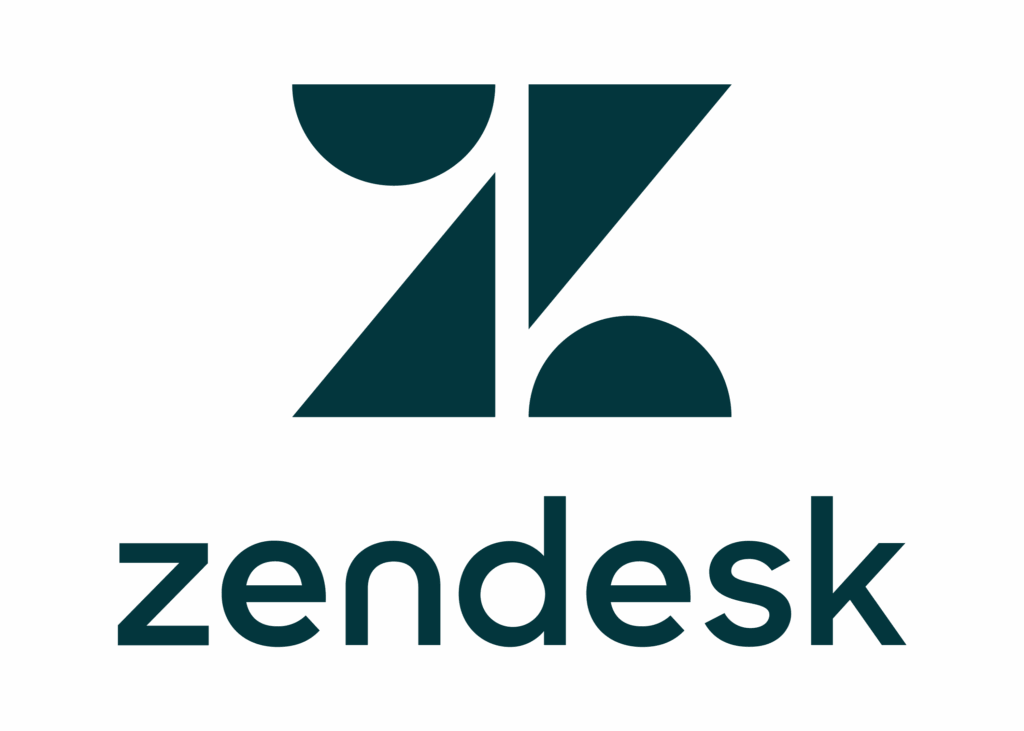
Zendesk focuses on customer service excellence while providing integration capabilities that incorporate secure remote access within support workflows.
Remote Access Integration Framework:
While Zendesk doesn’t provide native remote access functionality, its app framework and API enable integration with secure remote access providers. These integrations maintain security context—transferring customer information, ticket details, and interaction history to remote access tools securely while receiving session logs and outcomes back into Zendesk tickets. Secure integration ensures sensitive customer data remains protected throughout remote support interactions.
Identity and Access Management:
Zendesk supports single sign-on through SAML enabling integration with enterprise identity providers. SSO ensures support agents authenticate securely using organizational credentials with multi-factor authentication rather than separate Zendesk passwords. Moreover, SSO enables centralized access control—when agents leave organizations or change roles, access revocation in identity providers automatically affects Zendesk access.
Audit Logging and Compliance:
Zendesk provides comprehensive audit logs documenting all platform activities including login attempts, configuration changes, data access, and ticket modifications. Detailed logging supports security monitoring, compliance demonstration, and incident investigation. When integrated with remote access tools, audit trails span complete support interactions from initial ticket creation through remote session activities to final resolution.
Role-Based Access Control:
Granular permission systems enable organizations to grant support agents appropriate access based on roles. For example, junior agents might handle only basic tickets without remote access capabilities, while senior agents receive elevated permissions including remote support initiation. Role-based controls implement least privilege principles while maintaining operational flexibility.
Security and Privacy Features:
Zendesk implements security measures protecting customer data including encryption in transit and at rest, regular security assessments and penetration testing, compliance certifications (SOC 2, ISO 27001, GDPR), and data residency options enabling organizations to control where customer data is stored. These security features prove particularly important when support interactions involve sensitive customer information accessed during remote sessions.
Porivnyalʹna tablytsya providnykh platform38 / 5 000
Comparison table of leading platforms
Summing up
Remote access security represents one of contemporary cybersecurity’s most critical and challenging domains, requiring comprehensive frameworks addressing authentication, encryption, endpoint protection, network security, monitoring, and user awareness. The dramatic expansion of remote work, accelerated by global events and maintained by demonstrated productivity benefits and workforce preferences, has permanently elevated remote access from temporary accommodation to permanent infrastructure requiring enterprise-grade security investment and attention.
Effective remote access security transcends implementing individual technologies, instead requiring integrated frameworks combining zero trust architecture principles, defense-in-depth strategies, continuous monitoring, and security-aware organizational cultures. Multi-factor authentication, encryption, endpoint security, network segmentation, and behavioral analytics each contribute essential security layers, with comprehensive protection emerging from their coordinated implementation rather than any single control providing complete security.
Looking forward, remote access security will continue evolving through enhanced AI-powered threat detection, passwordless authentication reducing credential-based attack surfaces, zero trust architecture adoption, edge computing improving remote access performance without sacrificing security, and increasingly sophisticated behavioral analytics detecting compromised accounts and insider threats. Organizations investing in comprehensive remote access security today position themselves to leverage these emerging capabilities while maintaining the secure, flexible remote access that modern business demands.
The fundamental reality is that remote access security represents essential infrastructure for contemporary organizations rather than optional enhancement. Organizations implementing comprehensive security frameworks, selecting appropriate technologies, maintaining vigilance through continuous monitoring, and building security-aware cultures will enable productive, secure remote access supporting business objectives. Conversely, organizations treating remote access security as afterthought or implementing inadequate controls face substantial risks including devastating ransomware attacks, data breaches, regulatory penalties, and operational disruptions. The question isn’t whether to invest in remote access security but rather how quickly organizations can implement comprehensive protections before preventable security incidents create irreparable damage.
Frequently Asked Questions
While comprehensive remote access security requires multiple controls working together, multi-factor authentication (MFA) arguably provides the single most impactful security improvement organizations can implement. This priority stems from the overwhelming prevalence of credential-based attacks and MFA’s proven effectiveness in preventing them. The vast majority of successful cyberattacks begin with compromised credentials obtained through phishing, credential stuffing, brute force attacks, or data breaches. Attackers specifically target remote access credentials because they provide direct paths into organizational networks bypassing many perimeter defenses. Moreover, remote workers face elevated phishing risks from home environments lacking office-based social reinforcement of security practices. Research consistently demonstrates that properly implemented MFA prevents over 99% of credential-based attacks. Even when attackers successfully phish passwords, they cannot complete authentication without second factors they don’t possess. This dramatic risk reduction proves more cost-effective than virtually any other single control, providing substantial security improvement with relatively modest implementation complexity and cost.
Suspected remote access compromises require immediate, systematic responses preventing additional damage while beginning investigation and remediation. Swift, appropriate action dramatically reduces breach impact compared to delayed or inadequate responses. First priority involves containing potential breaches preventing attackers from escalating access or exfiltrating additional data. Reset compromised credentials immediately including passwords and any API keys or tokens. Disable affected accounts temporarily until investigation determines compromise scope. Block suspicious IP addresses from which unauthorized access occurred. Isolate potentially compromised systems from networks preventing lateral movement. Containment actions should occur within minutes to hours of compromise detection rather than after complete investigations that might take days.
Why Partner with Solution for Guru for Remote Access Security Excellence?
Implementing comprehensive remote access security requires expertise spanning cybersecurity, network architecture, identity management, endpoint protection, compliance, and organizational change management. Solution4Guru brings specialized consulting capabilities that accelerate your remote access security journey while avoiding costly mistakes, security gaps, and implementation challenges that undermine many security initiatives.
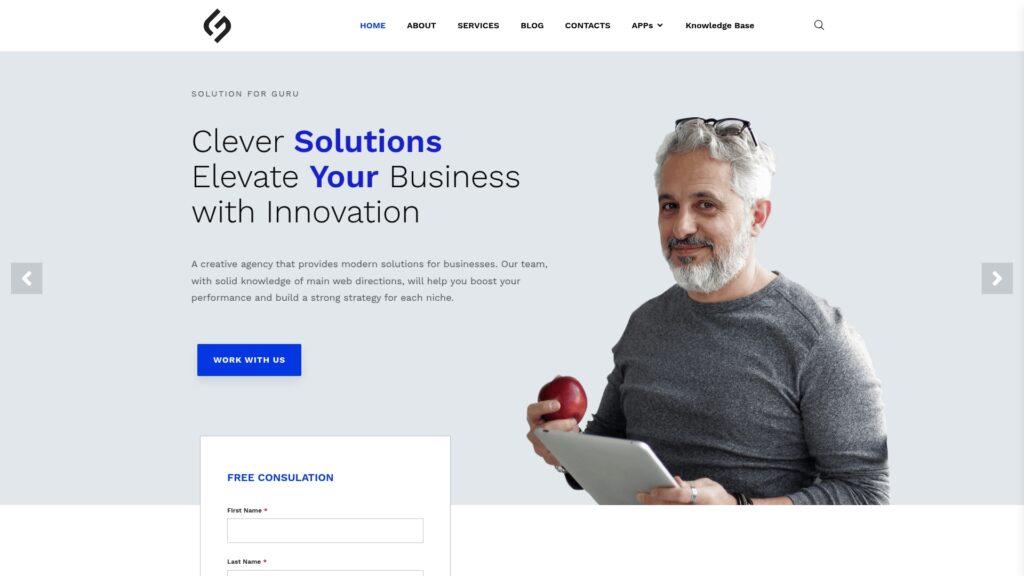
By partnering with Solution4Guru, your organization gains a committed advisor invested in your remote access security success. Their practical methodologies, comprehensive security expertise, platform knowledge, and implementation experience ensure you build security architectures that protect against real threats while supporting business objectives. Furthermore, Solution for Guru’s ongoing support means expert guidance remains available as your security needs evolve—you’re never alone in your remote access security journey.

